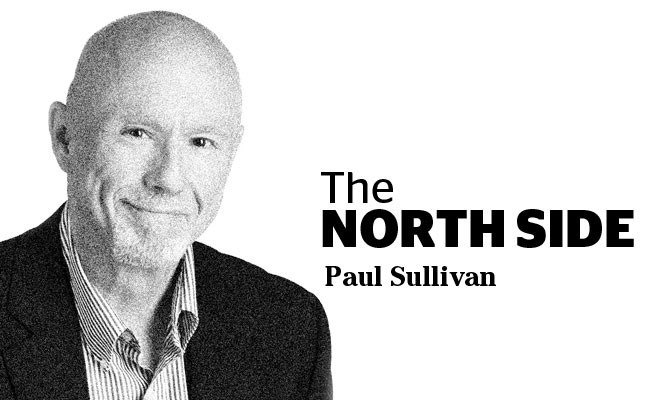Oh boy, oh boy. The numbers from the 2016 census are starting to roll in, and they are already fascinating. Especially if you’re a data nerd.
For example: The population of West Vancouver actually shrank, which seems unbelievable in Metro Vancouver. But there it is: 42,135, down from 42, 473 in 2011. Even the number of dwellings decreased, down 0.1 per cent. And 9.2 per cent of this diminishing crop belongs to “non-resident occupied homes.” I’d like one of those … in Hawaii or the south of France, maybe.
If I were a responsible member of West Van council (and I mean you, Craig Cameron), I’d worry about this shrinkage and what it means to my community. This is what it looks like when no one can afford to live in your community. It has a huge impact on schools and other public facilities such as recreation centres and libraries.
Not to mention taxpayers. West Van may be Canada’s wealthiest postal code, but if the tax base keeps shrinking, it will become Canada’s most expensive postal code to boot. Somebody has to pay for those flower baskets on the light standards. Maybe there are some people who like the idea of an exclusive enclave of monster homes, but that’s not actually a community.
Fascinating. And that’s just one number!
The numbers for the two North Vans are just as intriguing. At the other end of the Goldilocks spectrum from West Van is the City of North Vancouver, which grew nearly 10 per cent since the previous census, from 45,165 to 52,898. Experts attribute this to a combination of accessibility and affordability. But it’s simple. Where else on the North Shore can you afford to live?
I suppose you can still find a place to live in the District, which is in the middle of the Goldilocks spectrum, growing by a modest 1.8 per cent, from 82,562 to 85,935. That’s well below the Metro average of 6.5 per cent, so the District looks to be coming down with West Van syndrome; it just hasn’t fully succumbed yet.
These three little numbers tell an expressive tale. With the exception of the City, which is growing like gangbusters, the North Shore is a tale of stagnation while all around it a city explodes both up and out.
For example: Langley Township was the fastest growing community with 12.6 per cent growth from 104,177 to 117,285 in five years. Surrey is next with an increase of 10.6 per cent between 2011 and 2016, cracking the half million barrier from 468,251 to 517,887.
Plainly, the expensive districts are shrinking discreetly while the last bastions of affordability are filling up fast.
I have to admit, I’m a bastion of ambivalence when it comes to the future. The urban boundary of Super, Natural British Columbia is just up the street on Dollarton, Lynn Valley, Capilano and Cypress roads. Because the wilderness is our neighbour, we have a heightened respect for green places. No one wants to pave the North Shore paradise. Well, maybe Men with Concrete, but they’re a minority, albeit an influential one.
But thriving communities require some growth, and what does that look like? The City’s 10 per cent over five years? The District’s 1.8 per cent? It’s hard to get it right, to find the sweet spot.
Many people who remember the good old days are already rebelling against development on the North Shore, citing noise, infrastructure, traffic, parking problems, and other signs of human endeavour. Many others believe we’re not building sustainable communities when most of the people who grew up here can’t afford to live here and end up in Langley or Surrey. Or Chilliwack.
You could argue that the City has it right. Mayor Darrell Mussatto is often criticized as the man who never met a high-rise he didn’t like, but building density is the best defence against sprawl (which no one wants, surely) and the best assurance of affordability.
The District is the next target for highrise density, but unless there’s a fundamental change, entrenched single family zoning will prevent the spread of concrete.
Maybe West Van will just keep on getting more expensive, like Van Gogh and Bordeaux. Meanwhile, more numbers. Next up: May 3, 2017 age and sex, type of dwelling.
The fun is just beginning.
Journalist and communications consultant Paul Sullivan has been a North Vancouver resident since the fall of the Berlin Wall and the rise of Madonna. [email protected]
What are your thoughts? Send us a letter via email by clicking here or post a comment below.



